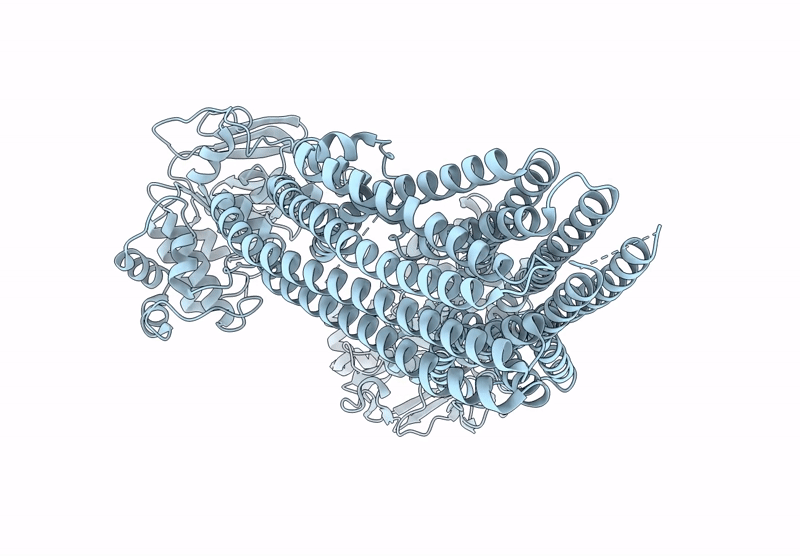
Deposition Date
2023-03-25
Release Date
2025-04-23
Last Version Date
2025-05-21
Method Details:
Experimental Method:
Resolution:
4.30 Å
Aggregation State:
PARTICLE
Reconstruction Method:
SINGLE PARTICLE


